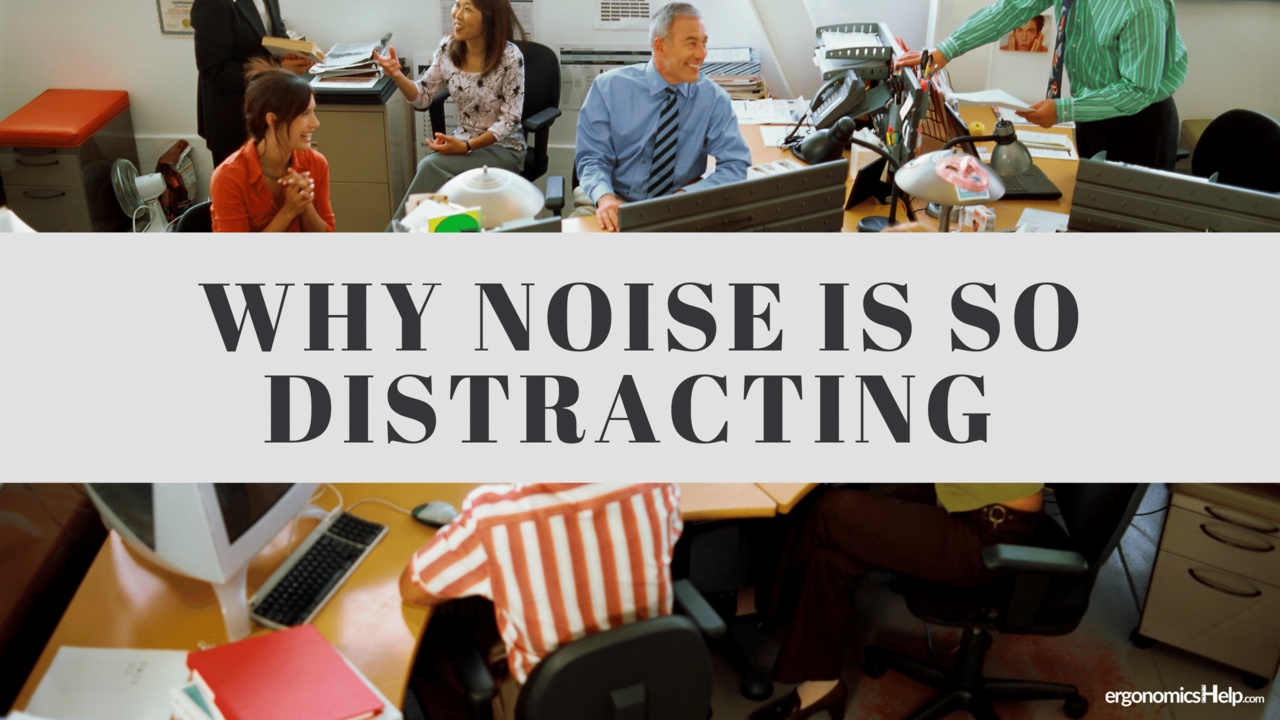Why Noise is so Distracting
May 22, 2019
Distracting noise in the office is a very popular concern that many of us have, especially related to the trendy open concept office layout. For this reason, this post (based on this research) will explain firstly why noise is so distracting, then what you can do to reduce it (other than getting a really nice pair of noise cancelling headphones).
Noise can be incredibly annoying…
Of course we all know that unwanted noise can be incredibly distracting. We’ve all been there before- a deadline is quickly approaching, but it’s incredibly hard to concentrate because you can hear colleagues chatting in the distance, colleagues talking to clients on the phone, and the dull hum of the photocopier almost constantly throughout the day.
You know that this might take a toll on you, but it’s more of a feeling.
An interesting fact is that the modern open-space office concept was actually developed by two German consultants in the 1950s. Ever since the 1980s has the true chicness of the open plan office really hit stride. And that brings us to today where the majority of new (trendy) offices are arranged in this way. Whereas there are many types of office designs that could fall into this ‘open design’ category, there is no specific definition.
Instead, to be called truly an open concept design, an arrangement must:
- Facilitate communication between colleagues,
- Facilitates team or project work,
- Saves space, and
- Has supervisors/management near to staff.
Common concerns with the open concept design is a combination of staff feeling spied on and that there is a lot of ambient noise that can be incredibly distracting. Noise is especially noticed when individuals move from working in an enclosed office to an open workstation.
When a sound level is louder, it leads to an overall sense that it is more difficult to concentrate on a given task. And, the feeling of noise being annoying increases with the complexity of the task being completed. Research going as far back as 26 years ago has found that there has always been a poor relationship between productivity and an open office arrangement. Past research has also linked distracting noise with negative health outcomes, linking an open arrangement with headaches, fatigue, and difficulty concentrating. Noise is also inversely proportional to job satisfaction: with more noise, the amount of job satisfaction is reduced. Low job satisfaction is a risk that can make a person more susceptible to the development of an injury as found in this psychosocial risk factors blog post.
Here is what you can do in the office
Researchers used a questionnaire to assess the risk level of noise in the workspace. The majority of all office workers surveyed thought that noise was either annoying or very annoying/high or very high, even though the actual measured level of noise did not surpass unsafe noise levels. Further, the more that workers felt that they were unable to control their environment and had no privacy, the more they claimed to be annoyed by ambient noise.
Ways to make the office less noisy: As a first step or ‘quick win’ see if any of these solutions below would be helpful to implement in your office.
- Provide dedicated quiet spaces
- Provide dedicated loud spaces
- Mask sound by using white noise
- Use sound absorbing materials such as partitions, carpets
One Last Thing…
If you liked this post, please share! It helps to get the word out!!
